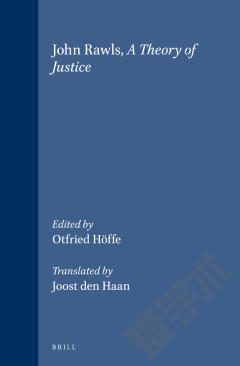Aesthetic and Critical Theory of John Ruskin
This book traces the sources and development of ruskin's aesthetic and critical theories. In his attempt to skirt the danger of excessive emotion and association in art, ruskin's struggle with the sublime but not the picturesque, is, along with the pathetic fallacy, examined. These concepts, too, are considered in light of ruskin's continuing religious and intellectual development. Finally, ruskin's loss of faith is analyzed in relation to the problem of allegory in art. Ruskin argued for an unchanging standard of beauty, though the psychological nature of the artist is related to his art medium. Originally published in 1971. The princeton legacy library uses the latest print-on-demand technology to again make available previously out-of-print books from the distinguished backlist of princeton university press.
{{comment.content}}








 京公网安备 11010802027623号
京公网安备 11010802027623号